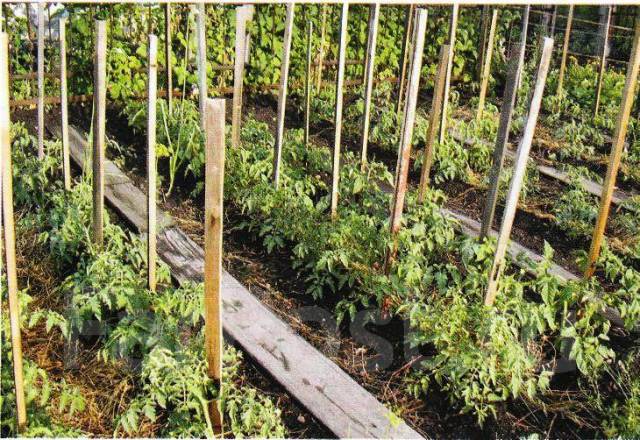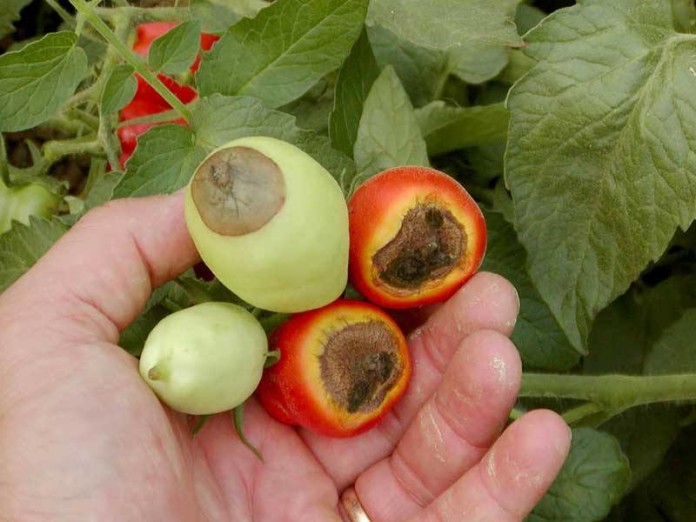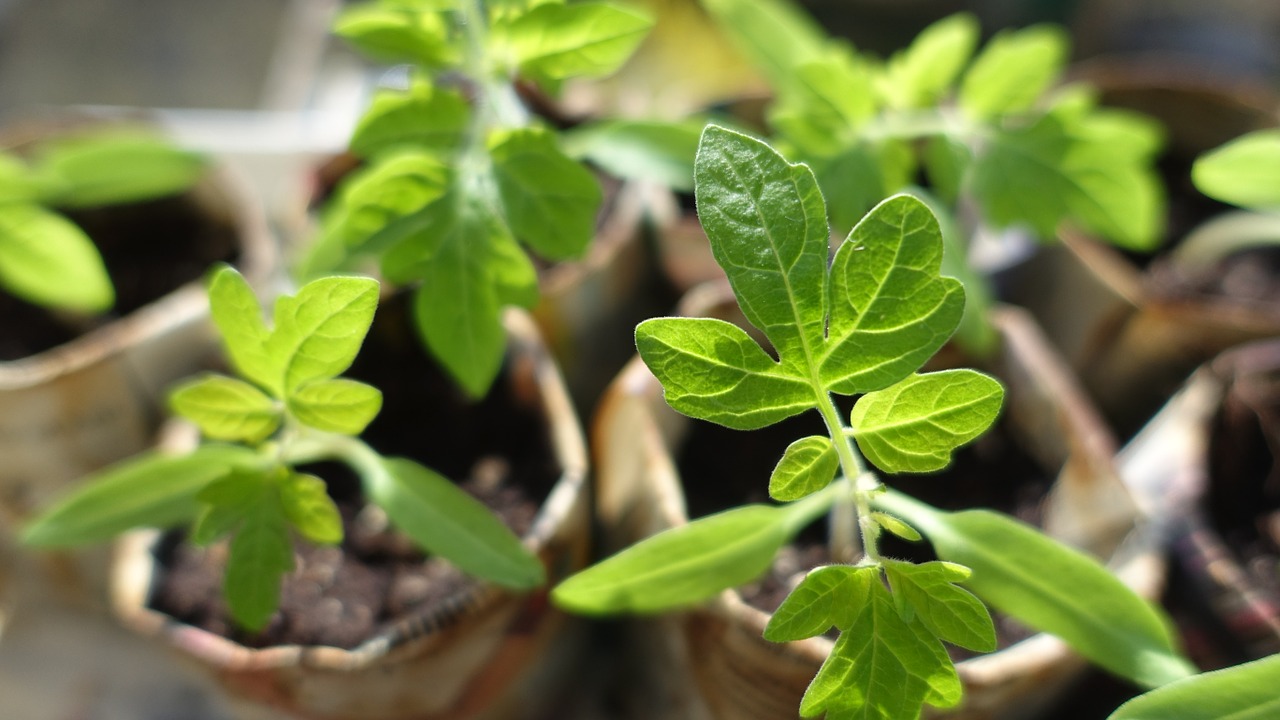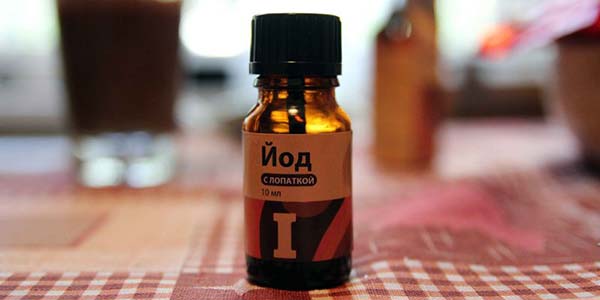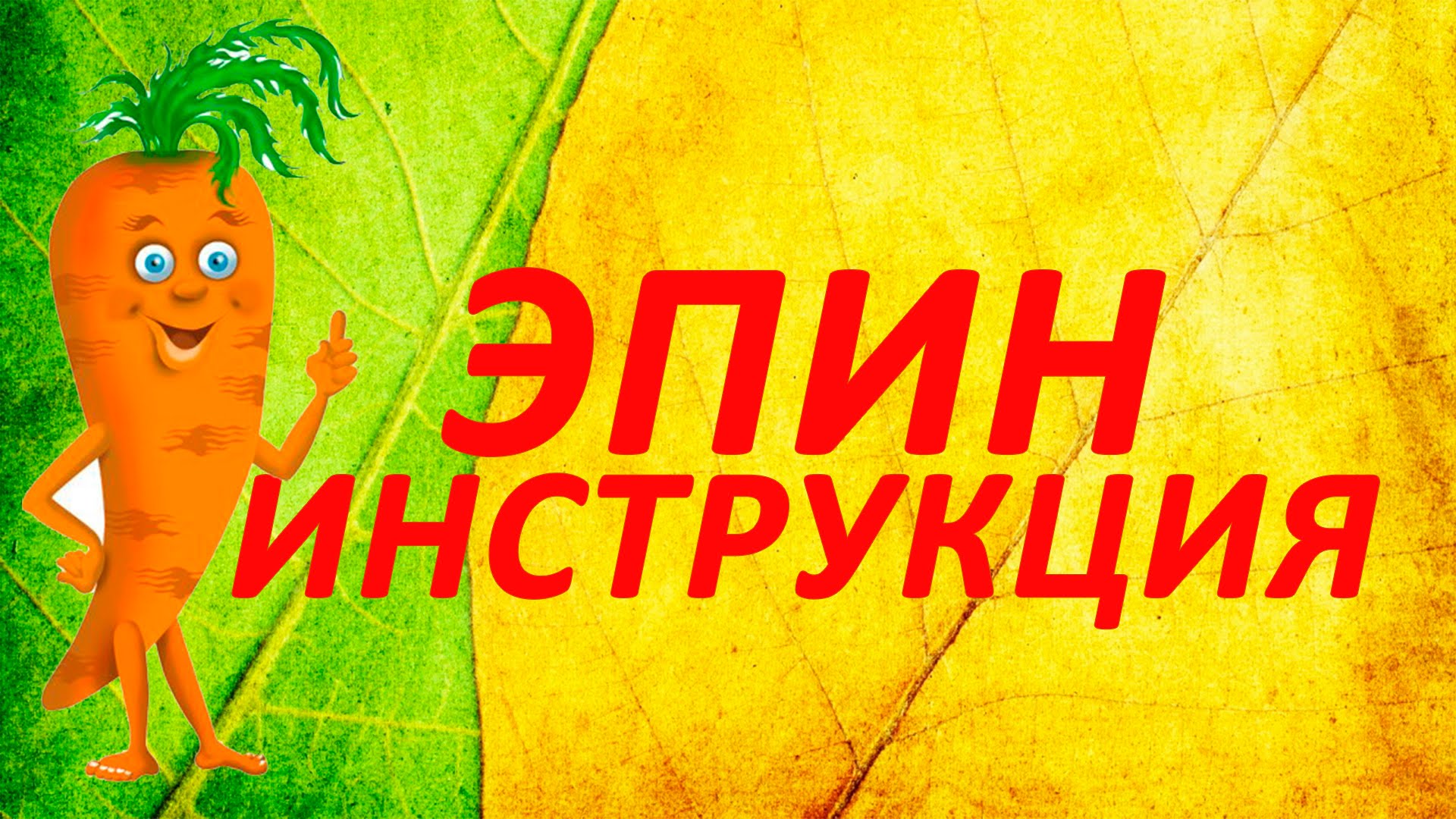The issue of garter tomatoes is always controversial and controversial. This mainly applies to undersized varieties such as Snegirёk, Dwarf, Snowdrop. And yet, gardeners with extensive experience in growing this crop, unanimously advise a garter as a way to protect the plant from breakage under ripening fruits and grow a healthy crop.
Characteristics of culture
In Russian, the names of this vegetable plant of the Solanaceae family "tomato" and "tomato", despite their different origins, are equal. South America is considered the birthplace of culture.
Agrotechnical data:
- Tomatoes require a temperature of 22-25 ° C for growth and development. When the air index is below 10 0 С, the ovary disappears, since the pollen does not ripen and the flower is not pollinated. The tomato is a self-pollinating plant.
- High air humidity does not tolerate well, but the root system requires a lot of water for fruit growth.
- With a lack of light, the development of culture is delayed.
- It can grow on almost any soil with proper fertilization.
Depending on the structure of the bush, the shape and nature of the leaves, the thickness of the stem, it is divided into three varieties:
- standard;
- non-standard;
- potato.
Reproduces:
- seeds;
- cuttings;
- stepchildren (side shoots).
The root system is rod-type. It forms quickly, goes to great depths. Stem up to two meters or more, erect or lodging. The leaves are divided into lobes, tender with a small fluff. Flowers are small, collected in a brush, of various shades. Fruits are juicy, of different colors and shapes.
Whether it is worth considering the culture as a berry, which it is from a botanical point of view - for practicing gardeners and gardeners, the question is not relevant. It is much more important to grow a healthy crop. One of the important conditions for this is the garter of the plant.
Garter tomatoes
Depending on the method of planting the culture, different types of garters are practiced. In summer cottages and a small private backyard, the most common method of strengthening the stem is by means of stakes. What to make pegs for garter tomatoes? Suitable for the manufacture of a support:
- wood;
- metal;
- fiberglass;
- plastic.
Wood
Branches of trees are used, after removing the bark from them, which, with abundant watering of tomatoes, can give roots. The length of the sticks depends on the expected height of the bush. If the variety is tall, then the peg should be at least 1.5 meters. An old picket fence from the fence, slats with a diameter of 20-25 mm will do. You can use regular shovel cuttings. To prevent the underground part from rotting, you need to burn it on fire. Thin wooden pegs will not become a strong support for a tomato bush, because they can break under the weight of the fruit. It is recommended to sand the roughness on the wooden peg.
Metal
Metal garter stakes are rarely used due to the high price of this material. It is also possible to successfully use fittings, thin pipes left over from construction work. The height of the peg depends on the variety of tomato. A diameter of 5-8 mm is sufficient.
Fiberglass
The fiberglass tomato pegs are durable and look aesthetically pleasing. It is an alloy of plastic and metal. Outwardly light, ribbed, similar to metal fittings. Produced by OOO Stekloplast, located in Moscow. Experienced users recommend using a material with a thickness of at least 10 mm, cutting into 1.5 m.It does not bend under weight, does not break, and is resistant to corrosion and chemical attack. In construction, it is used for concreting the foundation. For sale fittings, twisted into a ring, about 50 m each. Cutting on pegs in a twist is dangerous, since the rod immediately straightens and can cause injury. Before cutting into pieces, the fiberglass must be carefully unwrapped, preferably together. You can saw it with an ordinary hacksaw with a blade for metal.
Plastic
Plastic garters for tomatoes can be purchased at gardening, construction and other specialized stores. It is, of course, not as durable as metal and wood, but it looks neat and aesthetically pleasing. Often there is a light metal rod inside the plastic, which gives the peg a great hardness. Plastic pipes cut to the desired height are also suitable.
Tomato garter pegs - uses and benefits
Early ripening and low varieties of tomatoes can do without tying. Whereas tall plants definitely need support for healthy growth. Before making a decision, there are a number of crop care benefits of a garter:
- Stalk fracture is prevented under adverse weather conditions and under the weight of the fruit.
- When watering, moisture does not get on the plant leaves. This fact is important for the healthy development of the tomato bush.
- The bush is open, which provides it with enough light, sun, air. Spraying becomes easier and more efficient.
- The stepsons are clearly visible and it is easier to remove them.
- The fruits do not touch the ground, which ensures their uniform and healthy ripening.
In order not to damage the tomato root system, the tying peg should be placed at a distance of 10-15 cm from the plant stem and deepened 25-30 cm into the ground. One support per bush is enough. You cannot drive in fiberglass tomato stakes. Fiberglass may delaminate.
Then, not tight, taking into account the possible thickening of the stem, the bush is fixed with twine, a wide tape or any soft material cut into large strips. The selected garter material is wrapped around the trunk of the plant, the ends are folded in eight, twisted and tied to the support. Special plastic clips and loops for fastening can also be purchased at garden and hardware stores. It is not recommended to use fishing line, thin threads, wire. Such fixation can damage the plant stem.
A peg tie is not the only option for attaching tomato bushes to supports. Depending on the variety of culture and the place of planting, fixation is used:
- on horizontal and vertical trellises;
- on nets and wire fences;
- on frames made of various materials and various shapes;
- on loops and hooks according to the Maslov method (more suitable for greenhouses and closed ground);
- on twine with twisting (advisable in greenhouses).
Tomatoes grow in almost every garden area. A lot of various information has been written about caring for this culture on the Internet and in periodicals. Novice gardeners have a unique opportunity to apply this knowledge to the care of tomato bushes in their fields. And experienced gardeners and summer residents broaden their horizons. Everyone will learn something useful and new for themselves.
